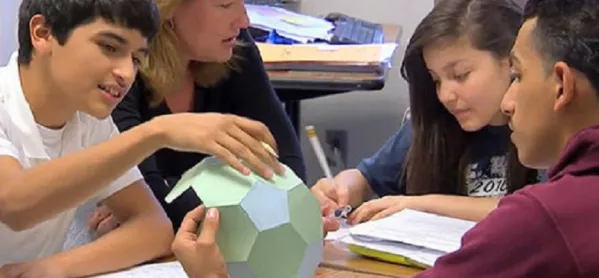A research review conducted by the grant-awarding body the Education Endowment Foundation (EEF) shows that the size of the tuition group is less important than whether tutors are qualified teachers or well-trained volunteers.
In a review of effective intervention projects, the EEF stated: “Groups of three or four pupils can sometimes be as or more effective than either one-to-one or paired tuition…
“Given its lower cost, schools consider trialling small-group tuition as a first option, before moving to one-to-one tuition, if small-group tuition is ineffective.”
This week, the EEF announced that it would be providing £120,000 of funding to extend a new tuition project to 1,200 pupils across 100 primary schools. Affordable Tuition recruits university students and recent graduates, to act as maths and English tutors for pupils in particularly disadvantaged communities.
Abigail Shapiro, one of the founders of Tutor Trust, which runs Affordable Tuition, said that they offer both one-to-one and small-group tuition. “Originally, headteachers said, ‘Yes, definitely. One-to-one, all the way’,” she said.
“But what we found, when we started working in schools, they were more interested in one-to-two or one-to-three. Maybe it’s cost-effectiveness.”
According to the EEF, one-to-one tuition, five days a week over a 12-week term, costs approximately £700 per pupil. The majority of this cost is teaching time. Therefore, the same tuition would cost £350 per pupil in a two-pupil group, and £175 per pupil in a four-pupil group.
Sir Kevan Collins, EEF chief executive, suggested that tuition could be effective even when there were more than three pupils in the group. “Studies that have compared both approaches show that it is quality of teaching that matters more than group size,” he said.
@adibloom
This is an edited version of an article in the 12 February edition of TES. Subscribers can view the full article here. This week’s TES magazine is available in all good newsagents. To download the digital edition, Android users can click here and iOS users can click here
Want to keep up with the latest education news and opinion? Follow TES on Twitter and like TES on Facebook




